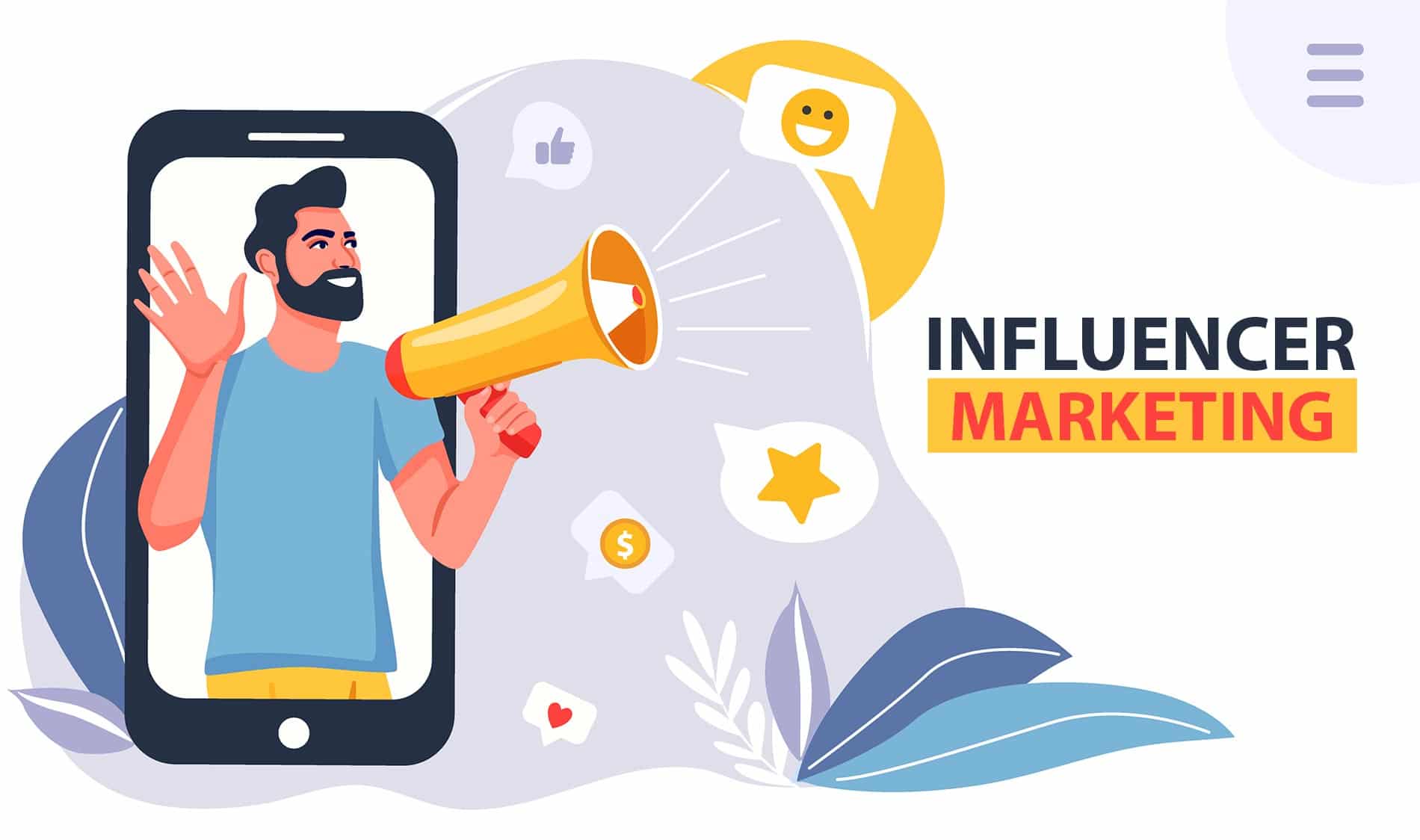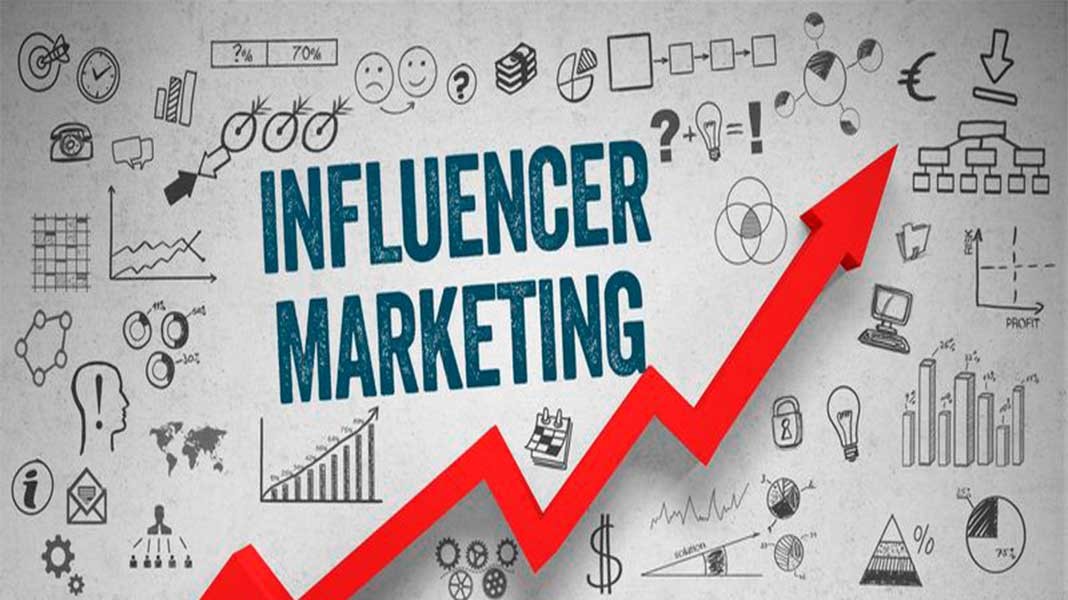Best Practices for Crafting High-Converting Email Campaigns
Email marketing remains one of the most reliable and ROI-driven channels available to businesses of all sizes. But simply sending out emails isn’t enough—you need campaigns that convert. Whether your goal is to generate leads, drive sales, or boost engagement, crafting a high-converting email campaign requires a blend of strategy, creativity, and data-backed decisions.
Here are the best practices to help you build email campaigns that not only land in inboxes but also inspire action.
1. Start With a Clear Goal
Before you write a single word, define what you want your email to achieve. Are you promoting a new product, inviting people to a webinar, or nurturing leads? A clear objective helps you stay focused and align your message, design, and CTA (Call-to-Action) accordingly.
2. Build a Targeted Email List
Quality beats quantity every time. A large list of unengaged users won’t convert as well as a smaller, targeted list of people genuinely interested in your offerings. Use signup forms, landing pages, and lead magnets to attract subscribers who are likely to benefit from your content or product.
Tip: Always use a double opt-in to confirm interest and maintain list quality.
3. Craft a Compelling Subject Line
Your subject line is the first impression—make it count. It should be clear, relevant, and intriguing enough to encourage the recipient to open the email.
- Keep it under 50 characters.
- Personalize when possible (use names or relevant details).
- Avoid spammy words like “Buy now,” “Free,” or “Urgent.”
Example: “Unlock 20% Off Your Next Order – Today Only!”
4. Write Clear and Engaging Copy
Once your email is opened, the copy needs to hold attention and drive action. Here’s how:
- Use a conversational tone—write like a human, not a robot.
- Be concise. People skim emails, so use short paragraphs, bullet points, and headers.
- Focus on benefits, not just features. What’s in it for the reader?
- Always include one primary CTA—don’t confuse readers with too many options.
5. Design for Mobile First
Over 60% of emails are opened on mobile devices. If your design doesn’t look good on a phone, you’re losing potential conversions.
- Use responsive templates.
- Keep the layout simple and clean.
- Use large fonts and tappable buttons.
Test on multiple devices before sending to ensure a smooth experience.
6. Use Personalization and Segmentation
Generic blasts to your entire list are outdated. Instead, segment your list based on behavior, interests, location, or purchase history. Personalized emails have higher open and conversion rates.
Examples of segmentation:
- New subscribers vs. long-term customers
- Users who clicked but didn’t purchase
- Customers who haven’t engaged in 90 days
Pair segmentation with dynamic content to tailor messaging even further.
7. Create a Sense of Urgency
Limited-time offers and deadlines can drive faster action. Use countdown timers, expiration dates, or phrases like “Only 24 hours left” to encourage immediate clicks.
Note: Just ensure your urgency is real—faking scarcity can damage trust.
8. Include Social Proof
People trust the opinions of others. Add testimonials, user reviews, or customer success stories to boost credibility and reinforce your message.
Example: “Join 10,000+ subscribers who already love our weekly tips!”
9. A/B Test and Optimize
You won’t get everything perfect the first time. That’s why A/B testing is essential.
Test elements like:
- Subject lines
- CTA buttons
- Email layout
- Send times
Analyze which version performs better and use those insights to guide future campaigns.
10. Track Performance Metrics
Once your email is out, monitor how it performs using key metrics:
- Open Rate
- Click-Through Rate (CTR)
- Conversion Rate
- Bounce Rate
- Unsubscribe Rate
These numbers will tell you what’s working—and what needs fixing.
Conclusion
High-converting email campaigns aren’t about luck—they’re the result of careful planning, audience understanding, and continual improvement. Focus on delivering value, keeping your content relevant, and optimizing every element from the subject line to the CTA. When you respect your subscribers’ time and needs, conversions naturally follow.




